For Island Defense Operations
In response to China’s increasing assertiveness, Japan has finally shifted to acquiring “offensive capabilities” or the means to directly strike enemy ground targets.
Such capability is for striking enemy held territories, particularly the southwestern islands which might become prey during an invasion of Taiwan.
To secure necessary counterstrike measures, Japan has purchased 400 Tomahawk cruise missiles, though this arsenal would be instantly depleted in a full-scale conflict.
Therefore, Japan is developing their own counterstrike option called “Hyper Velocity Gliding Projectiles.”
Despite its science fictional name, this is essentially a surface-to-surface ballistic missile with an outstanding range of 3,000km (1,860 mi).
The projectiles possess “stand-off capability,” allowing it to strike targets beyond enemy range, which would come in handy when attacking the invasion force from the Japanese mainland.
These will be launched from mobile platforms operated by the Ground Self-Defense Force (JGSDF), ensuring swift deployment and better survivability.
Development is already underway, and the early deployment model called “Block 1” has already conducted a launch test in March 2024. Plans to establish two battalions are also proceeding, as JGSDF plans to replace their MLRS rocket systems with these projectiles.
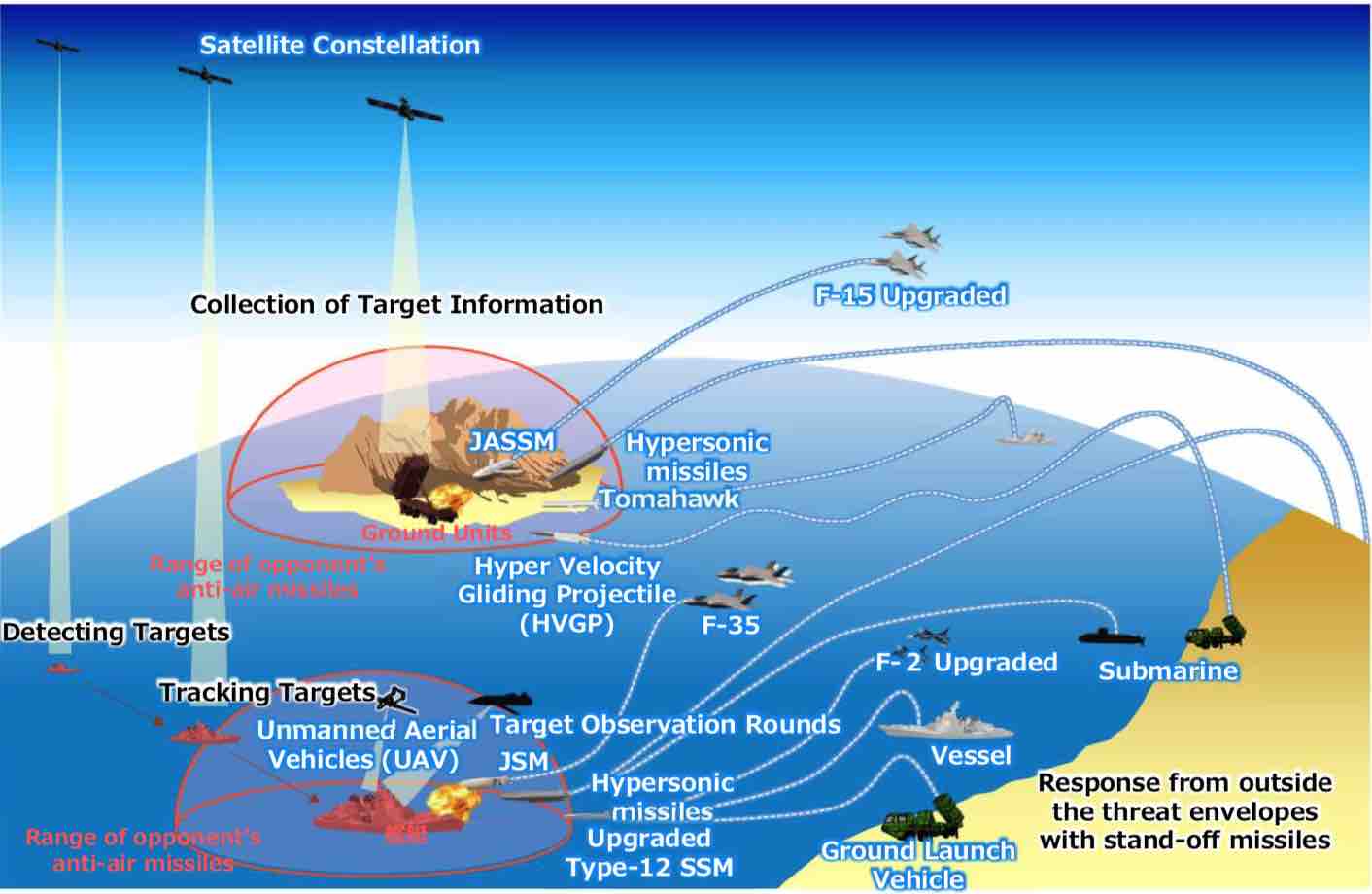 photo: Ministry of Defense
photo: Ministry of Defense
So, how do these projectile weapons work?
Initially, they are launched using a rocket booster, after which the warhead separates and starts gliding towards the target. The warhead is actually smaller than conventional missiles, making it more difficult to detect, and will employ an unpredictable flight path to confuse the enemy.
The projectile will take a steep dive right before impact, increasing its kinetic energy for penetration. Such approach would achieve a velocity nearly impossible to intercept, assuring the target’s absolute destruction.
The concept itself resembles the hypersonic glide vehicles (HGVs) being developed by the US, China, and Russia, thereby making it a Japanese version.
Difference Between Block 1 & 2
By incorporating existing technology, the Block 1 versions are schedule to be deployed in 2026, hosting a range of 300〜500km (185〜310 mi), albeit some speculate it may reach up to 900km or 560 miles.
If such estimate is true, they could be launched from Kyushu instead of deploying to the southwestern theater.
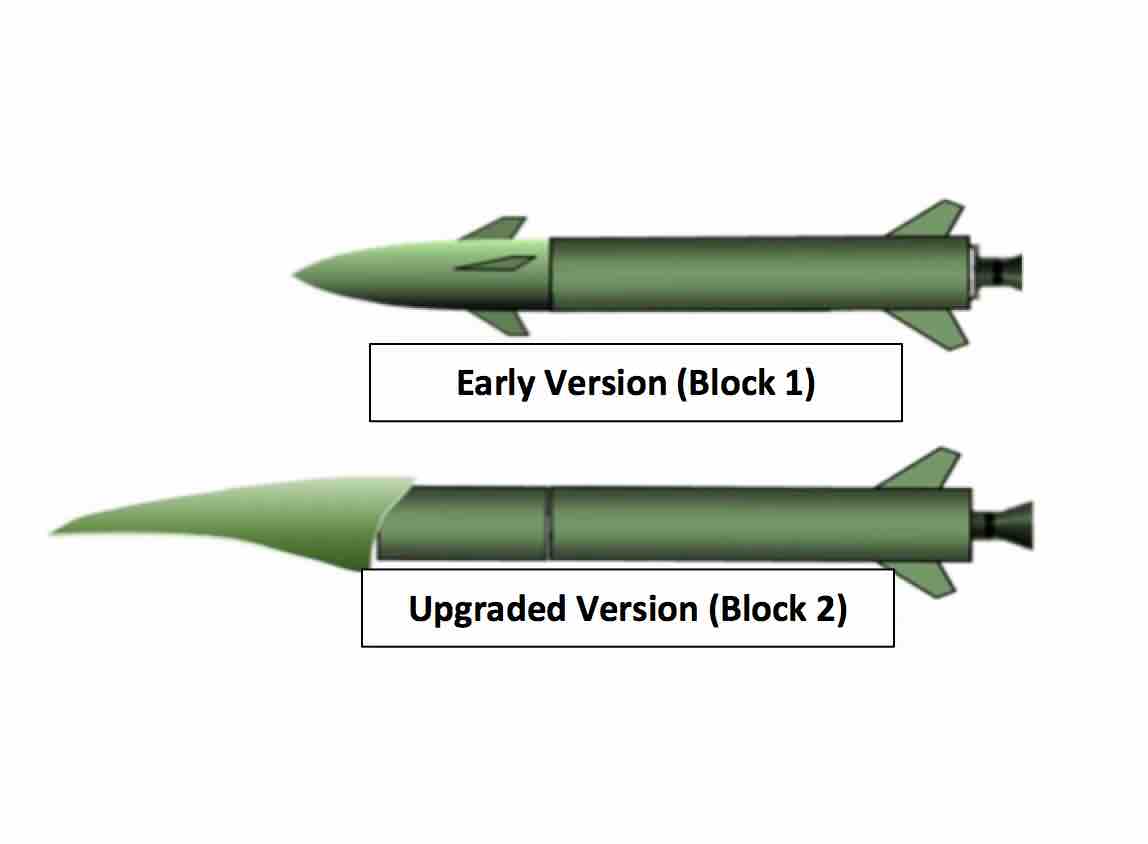
Conversely, the upgraded version (Block 2) will utilize shock waves generated during supersonic flight, exponentially enhancing the velocity and range from the Block 1 variant.
Block 2 is also expected to be larger, thereby requiring to be launched from mobile trailers instead of trucks.
Thus, although both are classified as the same hyper-velocity gliding projectiles, Block 1 corresponds to short-range missiles, whereas Block 2 is more of a medium-range ballistic missile.
To further complicate matters, Block 2 is to be subdivided into two types, with the “Block 2A” finishing development by 2027 and the “Block 2B” anticipated in the 2030s.
Both will feature supersonic and long-distance capabilities, but Block 2B is projected to have the aforementioned 3,000km range.
If successful, Japan can strike missile and air bases along the Chinese coast as well as deeper inland targets, undoubtedly creating a nightmare for Beijing.
Considering these long-range capabilities, Block 2B will likely be stationed in Hokkaido, rather than Kyushu or Honshu, reducing their vulnerability to enemy counterstrikes.
Distant from the expected war-zone, Hokkaido’s location as a rear area functions as sort of a safe-haven, while its vast geography is suitable to conceal the mobile launchers.
As Japan proceeds with its Block 1 and 2 development, JGSDF is also exploring the possibility of an anti-ship variant along with a submarine-launched type.
Should such ramification occur, Japan’s counterstrike capabilities will go from merely buying foreign cruise missiles to possessing their own hypersonic missiles for nearly every target.

-320x180.jpg)
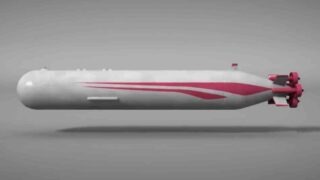
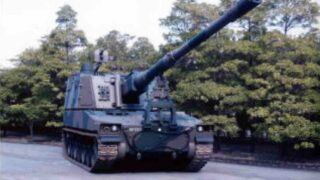

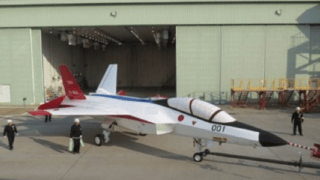

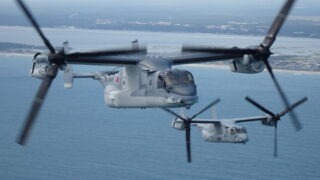


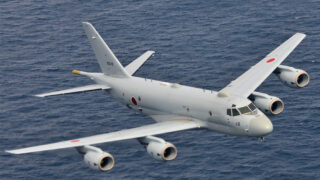
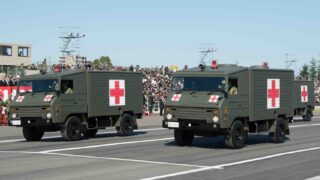
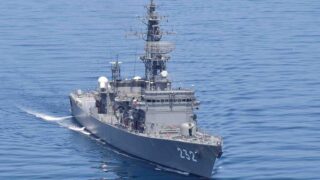
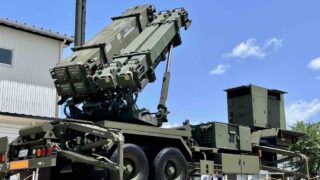
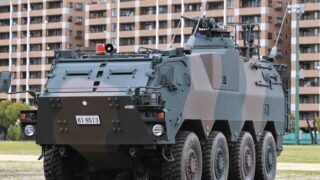

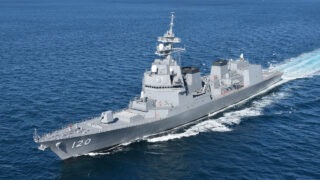
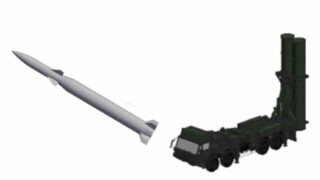
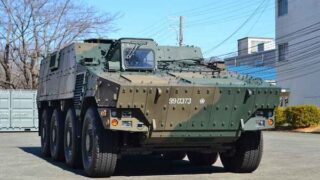
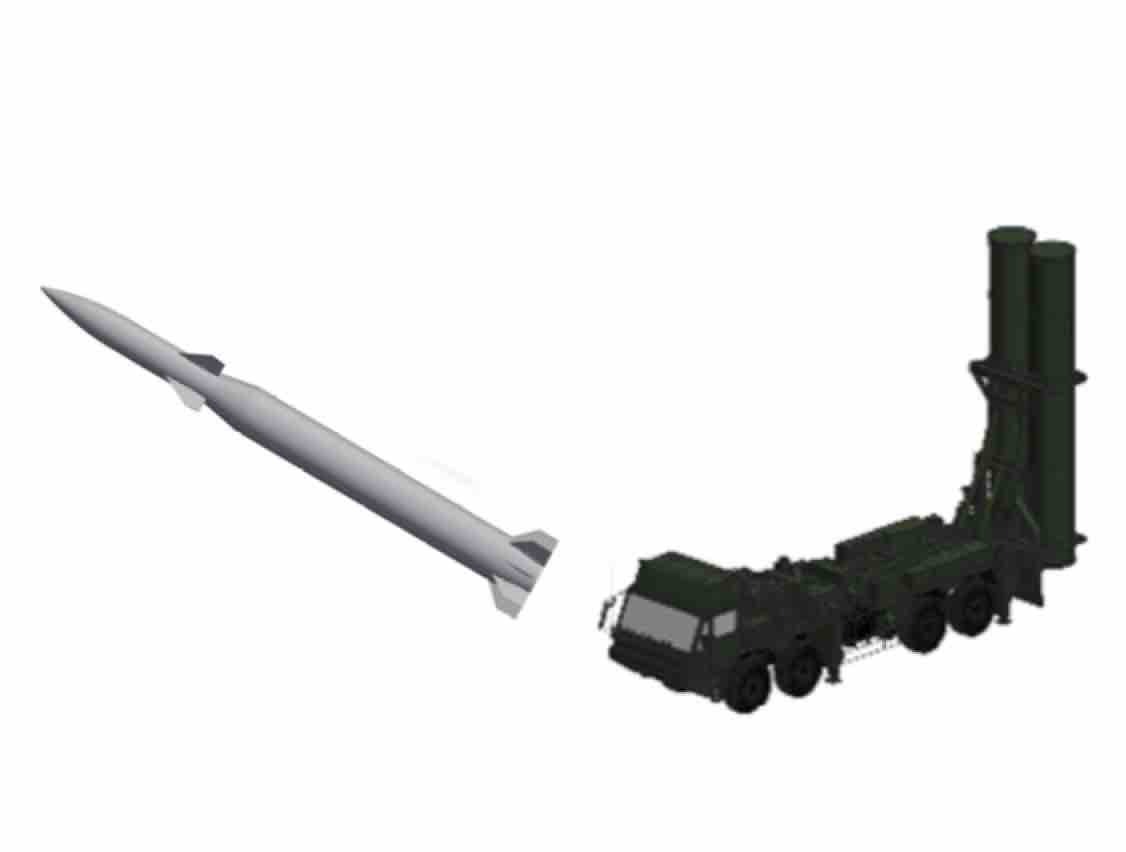
Comments